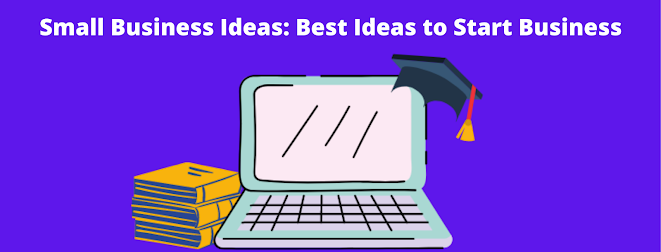Listen To Your Customers. They Will Tell You All About HEALTH CONCERNS
Knowing who your customers are and what they want is one of the guiding principles of SaaS startup success.
Now, the once-famous statement made by Steve Jobs was that customers do not know what they want. Even Henry Ford asserted that they would have indicated a faster horse if he had asked his clients what they wanted. Most founders cite these two examples to explain health concerns why they don't listen to customers. But, in reality, they are merely committing self-inflicted harm.
Customers are aware of their needs. But they won't be able to tell you exactly what they need. You are responsible for determining what they want, not based on your instinct but instead on feedback.
The best way to determine what customers want is to listen to them. You will get vital information to help your startup move forward, whether you go out of the office to meet customers in person or interact with them on Facebook. The issue with SaaS is that building products and features are more fun than talking to customers, which may be acceptable for your team. Additionally, your unenviable traction may be due to your failure to pay attention to your customers.
Why Concentrate on Talking to Customers?
Customers are king, so they say. Even in SaaS, you should listen to what your customers say. However, you must attend with discernment. While customers may not be aware of what they want, they are undoubtedly aware of what they do not wish. From what customers tell you, you are responsible for ascertaining what they require.
For instance, this may differ when customers request a lower price for your product. They may imply that your app does not provide sufficient value to justify the current price.
What do you do then? Do you lower your costs? Not.
An intelligent founder will determine current health, how to ensure users and customers get the most out of the app. Your app may contain all the best features, but how many users use those features? If your customers have not discovered your app's features, it might be time to update your website's "resources" section with information about the features that are rarely used. Demonstrate to customers how the elements of your product can benefit them.
This scenario provides a straightforward illustration of how customer communication can assist you in determining what is best for them. However, customer communication can be challenging in practice. It can take a lot of work to listen to customers for many reasons. Two reasons exist:
i) As a SaaS startup, there is pressure to accelerate growth and begin generating revenue. You might need to figure out who to please. When investors want "quick" results, the situation gets even worse. If you're going to raise money, you might have to explain your "big vision" to many potential investors. This grand vision may differ from your initial value proposition. In addition, you may occasionally overextend to avoid appearing to be aiming too low.
The issue with your vision is that you can only be sure you will succeed if the market backs up your assumptions. When founders find themselves in this predicament, many take the wrong path and waste resources instead of focusing on providing customers with real value.
A difficult decision that can either make or break your SaaS business is deciding whether to concentrate on your investors or customers.
ii) You can only meet the needs of some. If you think a product feature or function will help you achieve your business goals and meet environmental health issues your customers' needs, you may be acting on self-confirmation rather than taking the time to learn about your customers' real needs. Self-confirmation frequently prevents you from focusing on your core proposition and results in the creation of numerous features—either requested by you or your customers.
Learn when to decline features or customers.
You can add a part to your to-do list if it's helpful. Also, consider the cost-benefit ratio when adding a new feature. For example, customers may submit more support requests due to a unique quality, necessitating more time spent on support than other revenue-generating activities.
Know Who to Listen To Knowing who to listen to is just one part of the conversation. Additionally, you must be aware of whom to speak with. In his book "The Mom Test," Rob Fitzpatrick describes a listening strategy for avoiding common pitfalls in customer conversations. For instance, you must determine whether customers concur with your product bias. In another scenario, customers support your idea when they compliment you.
You should also be aware of which clients to pay attention to. For example, which customers should you focus on if you have free and paid accounts? Simple, those that conform to your business model. Your business may only succeed if you listen to your customers after considering your business model.
The Right Way to Talk to Customers Most SaaS businesses still needs a plan for talking to their customers to find out what they want because lean startups emphasize making what customers want. They typically conduct surveys via email or have a "send suggestion" button on their website. The issue with these feedback-gathering methods is that it is impossible to determine whether a single person or 100 users require the suggestion. Also, you can make everything that customers want, only for them to realize they don't need it.
The failure of Livejournal can teach you a lot.
Instead of asking customers for features or solutions, find out what they want the app to do for them. Additionally, find out which existing metrics do not function as robustly as desired and which metrics they will use.
Find out what your customers want to accomplish rather than focusing on features in yourcommunication. This is the essence of effective customer communication. However, even without soliciting feedback, you can identify health concerns essential parts or functionalities required if you focus on enabling users to accomplish more with your app.
Understanding what your customers want will come from listening to them. You will save time and resources building features that will only increase product adoption and customer retention if you pay attention to your customers.
What strategies do you employ to listen to your clients? Please comment below.


.png)
Comments
Post a Comment